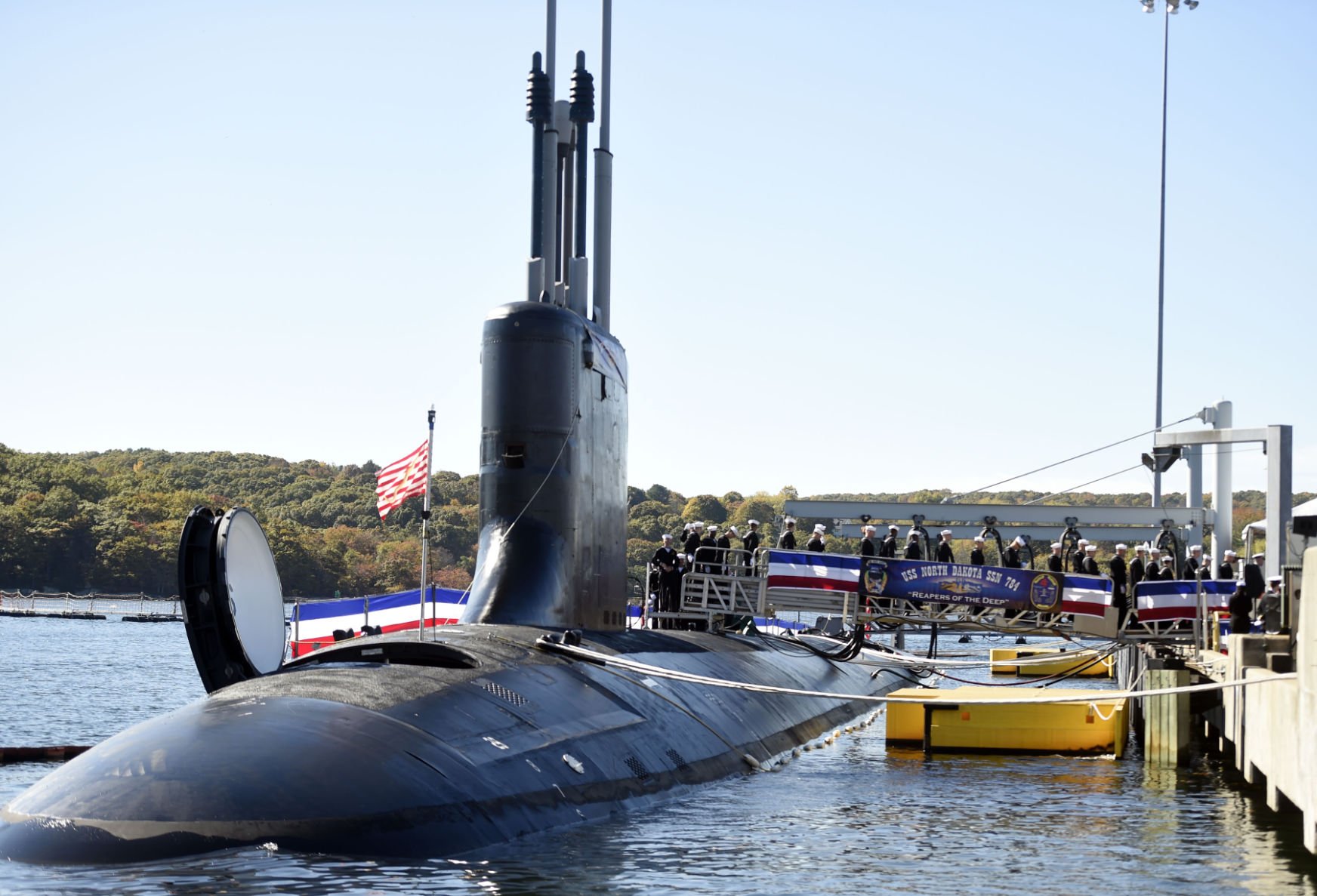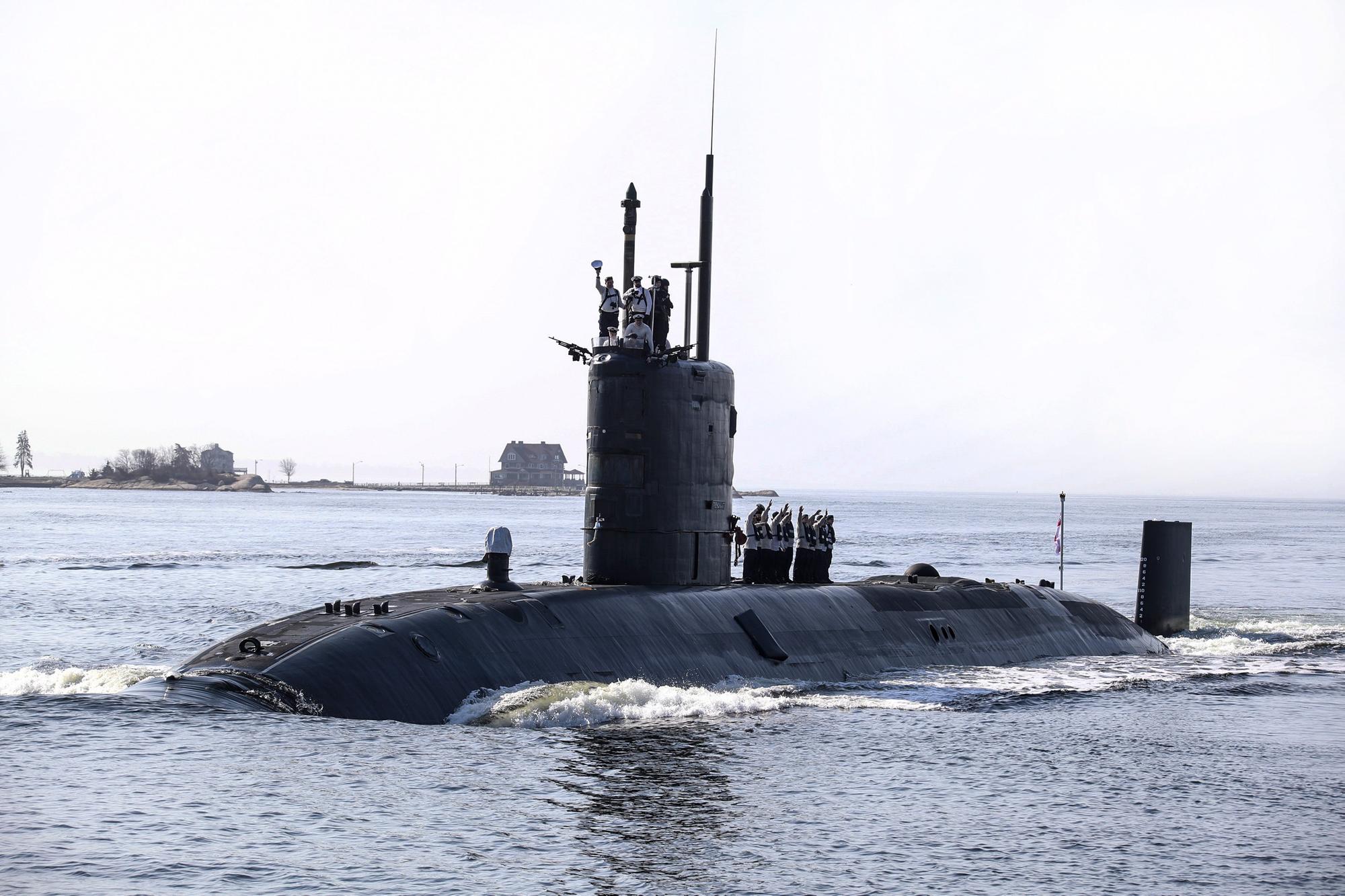

Liaison officers from each country were able to observe the exercise from each surface vessel participating.

“The three countries, the United States, Japan, and the ROK, share common strategic interests, and close cooperation on opportunities similar to this exercise is in great demand to address security challenges, including the various problems posed by North Korea.

IKEDA Tadashi, commanding officer, JS Asahi. “Through this exercise, I was able to improve our tactical capabilities and strengthen cooperation with the U.S. – Japan – Republic of Korea tri-lateral operations provided an opportunity for each country to work together, increase interoperability and focus on common maritime goals. “The ROK Navy and JMSDF are maritime forces we always benefit from working closely with, and we look forward to more opportunities for operations at sea that deepen our relationship and capabilities.” We all share common maritime strategy interests and challenges, and are truly stronger when we sail and operate together, “said Rear Adm. "Coordination with our allies is critical to strengthening our ability to respond to any challenge in the region. submarine to enhance interoperability in anti-submarine warfare. The operations included the flagship of Carrier Strike Group (CSG) 5, USS Ronald Reagan, Ticonderoga-class guided-missile cruiser USS Chancellorsville (DDG 62), Arleigh Burke-class guided-missile destroyer USS Benfold (DDG 65), the JMSDF destroyer JS Asahi (DD 119), and the Republic of Korea Navy destroyer ROKS Munmu The Great (DDH 976). Navy, Republic of Korea (ROK) Navy, and Japan Maritime Self-Defense Force (JMSDF) conducted a trilateral anti-submarine warfare exercise in seas in the vicinity of Korea and Japan on Sept. WATERS EAST OF THE KOREAN PENINSULA - The U.S.


 0 kommentar(er)
0 kommentar(er)
